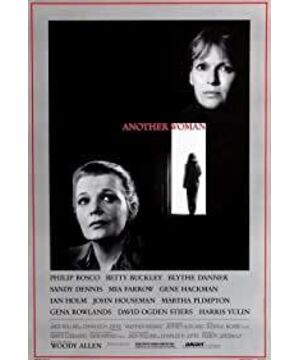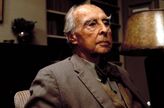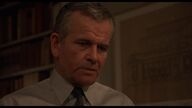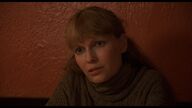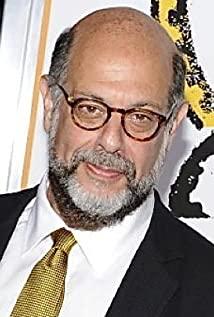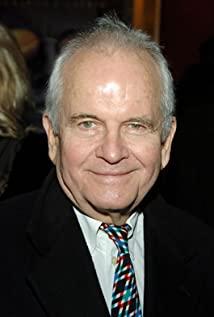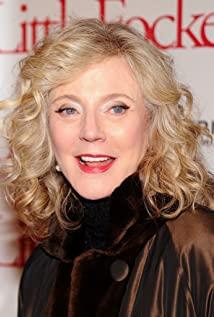This talkative existentialist Jew, looking back at life at the age of half a hundred years, must be the main object of his performance, and he handles everything with such seriousness and grace.
His 80s are an active follower of Bergman. All his stream of consciousness fragments are processed so real and natural, soft and light, it is his best work of this period. His camera is close to the character so that you can feel the character. All breathing, dreams, and defects in the scene of marrying a physician who is also a second-married physician not only allows you to see her entanglement and all faults on the moral level, in a perpetual panorama, this accomplished woman is placed. The center of the picture and she lacks everything she deserves. The appearance of the hostess is unsuccessful. It seems that everything can't even make sense to herself. In the next shot, the camera is kept at a far position and the focal length is very long for a shallow focus close-up. I firmly grasped that the elements of her modernist film are Bergman's style. There are also those picturesque or shift-focused ways that appear before the scene to be discussed. A shot towards the theater is across the road from the left. To the right, Dolly, this seems to be a scene in "Wild Strawberry". It is not difficult to understand the theme and story of "Wild Strawberry". The inner journey of "Strawberry" hopes to show an emotional change
The importance of married life makes Bergman's drama of the same name staged again in the most fascinating stream of consciousness segment about this consciousness performance Woody Allen apparently based on the research of those who appeared in his dreams and Freud and others. Make arrangements for the characters that appear in this scene. Of course, there is also the sudden intrusion of the father in the office of the psychologist next door who is also the stream of consciousness in the previous scene of the theater. These characters include the collage combination of unrelated characters. The characters are arranged on the stage and arranged expressively on the stage and arranged on the film of the scene illuminated by a single lamp. Here is a very important dialogue about the troubles of married life, which is clearly and intactly reappeared in the next real life. The position of the characters in the dialogue is also the same as the stage-style single-person lens. The same dialogue is facing outside the painting. Until the husband enters the painting, the cliché "Marion, you have always been my favorite woman" ends the scene. It seems to be back to reality. But here The role of that important symbolic scene is far from being effective. It slowly reveals all the existential parts of Marion's heart. We know that the role of Gene Hackman is the last performance of the character she wrote. How romantic we know that she didn’t mention a word, as if the frustrated ex-husband said something under the lamp, she was stunned by her, and then immediately followed the words of the ex-husband and cut into those impressive scenes with a point-of-view lens. For the character, compared to the beautiful life she has worked so hard to achieve, those beautiful pasts just think about it and make people feel very satisfied.
Woody Allen made his own story and characters apparently escalated to reveal more things. The biggest drama situation about Marion's movie should be when he talks about children's problems with the "another woman" played by Mia Farrow. I remembered the experience of an abortion in the early years. The first scene switched after this stream of consciousness segment ended was that she pushed open the door in fear and walked to the depths of the picture and wandered around the house wantonly. Then he appeared by the window for The audience showed the weakness and bitterness of a middle-aged woman. At this time, another woman who haunted her life as importantly appeared. Here is the other woman that the woman saw in her mouth. All this is subtle and beyond words, but everything is really very Clearly shows all the questions about this woman or another woman
In this movie, Woody Allen gives a sentimental review of all the roles of the focused accepting individual. The decision-making process is doomed to two people who have failed in their marriage. The cautious and measured interaction is bound to "hold me". "It will become a prayer that after a very informative conversation with Claire, when Marion shared with her husband the next morning about the poor sleep of the previous day, her husband’s dialogue clearly distinguished "you" and "me." Concept and continue to talk about what she needs. Although the concept of age is an important factor, the flaws in her married life are the source of all the censure and doubts she makes against herself at the moment. This is also brought about by the "modernity" of material life. Regardless of whether Woody Allen has a feminist stance when conceiving the entire film, the ending is irrelevant. Feminism is all the romantic fantasy of a middle-aged man.
View more about Another Woman reviews


